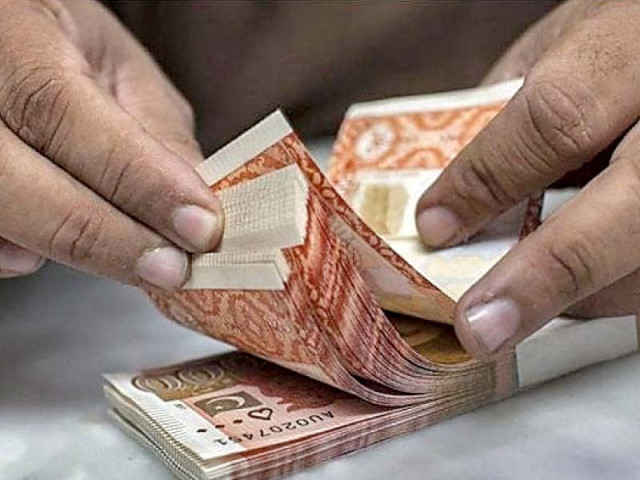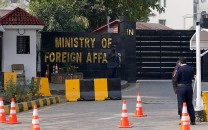Punjab caretakers set lofty goals
Govt plans to retire Rs600b in four months; earmarks Rs70b for social protection to provide relief to the poor

The caretaker Punjab government presented on Monday a budget that surprised many financial experts because of some lofty goals, such as paying off the provincial debt of Rs600 billion and providing ‘public relief’, without giving details about the inflow of money for that purpose.
The government unveiled the budget for the next four months – from July 1, 2023, to October 31, 2023– under Article 126 of the Constitution. The expenditures for this period are estimated at Rs1,719 billion.
On the revenue side for the same period, the province expects to collect Rs881 billion in receipts from the federal government, whereas Punjab’s own revenue collection is estimated at Rs194 billion.
The government has not imposed any new tax in the budget. It announced a 30% ad-hoc relief on basic salary, a 5% increase in pensions for persons aged under 80 and a 20% increase for those above 80.. Overall, Rs721 billion will be spent on salaries and pensions.
As a gesture to the information technology-led businesses, all taxes in the IT sector have been abolished. Additionally, Rs10 billion has been set aside for this sector, which will be spent on developing Lahore Knowledge Park.
The health sector will get Rs183.7 billion and the education sector will get Rs195.1 billion over the next four months. For the first time in the history of Punjab, a ‘Journalist Endowment Fund’ of Rs1 billion has also been established.
On the development side, Rs325 billion has been set aside for the next four months. The amount will be spent to complete 2,500 development projects out of a total of 4,800 ongoing projects.
In a surprising step, the caretaker government plans to clear the province’s circular debt of Rs600 billion in the coming four months. According to the cabinet ministers, the government owes Rs600 billion to various banks on account of wheat procurement.
This debt could go up to Rs1,100 billion by the end of 2023 and Rs2,000 billion by the end of 2025, therefore, the caretaker government had started the process of paying off the debt with the approval of the cabinet and it would be paid in four months, they added.
The province has earmarked Rs70 billion for targeted social protection to provide relief to the poor. In order to give targeted subsidy, different databases, including the Benazir Income Support Programme (BISP), will be used to identify the deserving family.
To strengthen the rural economy, Rs47.6 billion will be spent on agricultural initiatives. Capital investment in energy sector will get Rs16.4 billion over next four months. The Punjab Thermal Power (Private) Limited (PTPL), incorporated under the Companies Act, 2017 will be completed with this amount to address the energy crisis in the province.
The service delivery expenditures will be Rs120.4 billion, while a proposal to increase stamp duty to 3% has been rejected. It will be maintained at 1% in order to promote the construction sector.
At a press conference in Lahore, Punjab Information Minister Amir Mir did not provide a satisfactory answer to the question about how the government would arrange the money to complete the development projects and pay off the debt of Rs600 billion.
The minister, nevertheless, claimed that Punjab would end this fiscal year in a surplus of Rs400 billion. “When the caretaker setup completes the term, we hope to leave the government with a surplus amount of Rs112 billion in the provincial kitty.”
He said that from the day of retirement, government employees would get 65% of their salaries for one year so that they did not have to wait for a pension because it took almost a year to complete the paperwork. “This will be a huge relief to the retiring employees.”
Mir said that the minimum wage would be kept at par with the amount announced by the federal government. He also said that the employees were drawing higher salaries compared to the federal government which was why pension was increased by 5%.”



















COMMENTS
Comments are moderated and generally will be posted if they are on-topic and not abusive.
For more information, please see our Comments FAQ